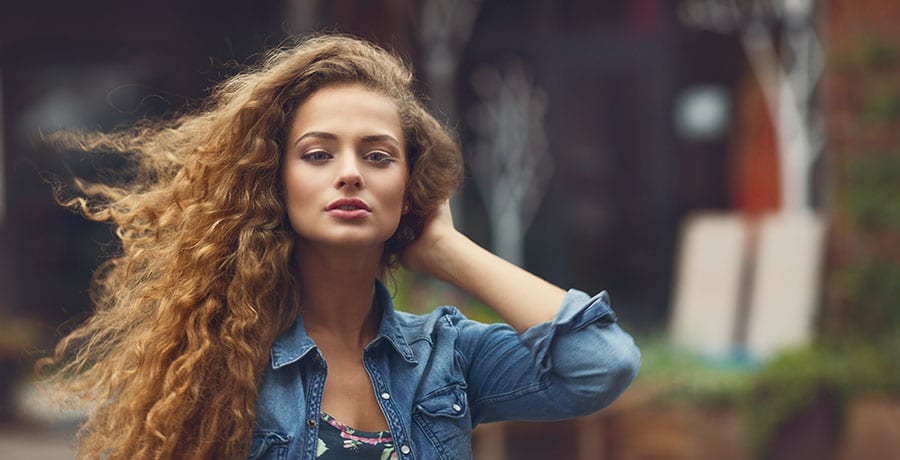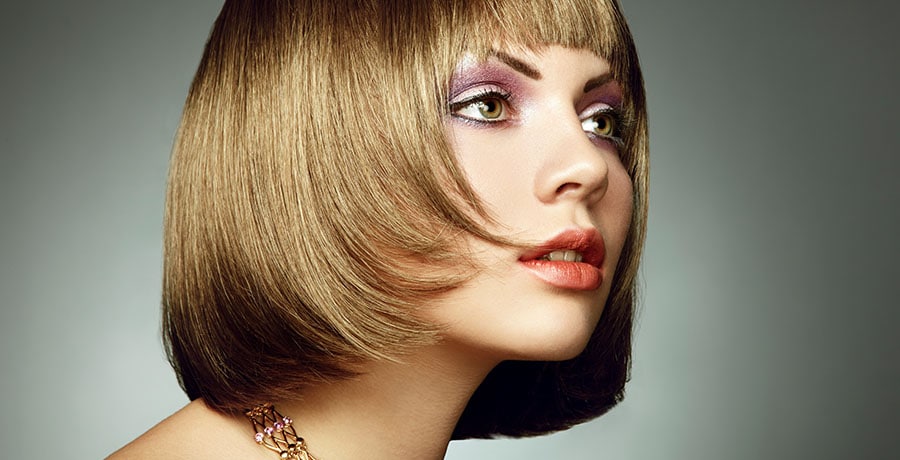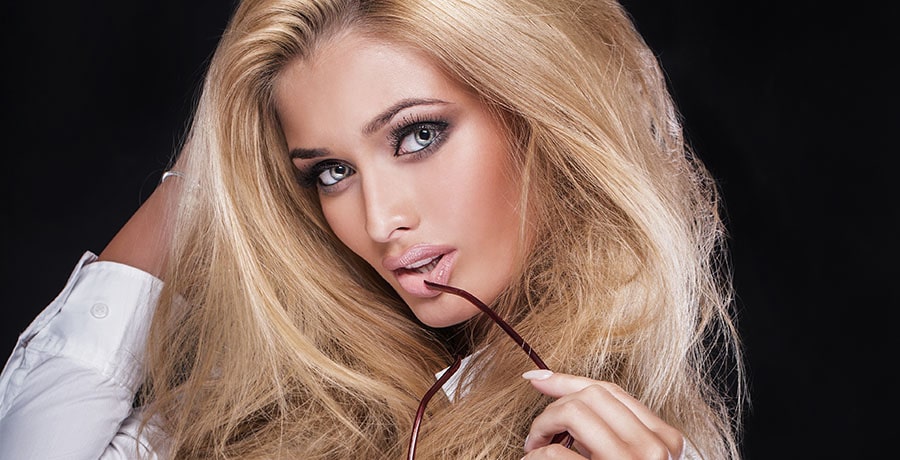
Balayage has long been in the limelight and people have only showered their love unto it. A little variation was made to the regular balayage by a hair stylist called Deryn Daniels and it started trending in next to no time. It’s reverse balayage which you can get from many balayage salons.
Here’s everything you might be curious to know.
What Are The Differences Between Balayage And Reverse Balayage?
There is a host of differences between balayage hair highlights and reverse-balayage you’ll notice once you start delving deep into both of them. Both are similar in terms of what they are called but they happen to be universes apart in terms of what they look like.
- Balayage resembles sombre while reverse-balayage resembles ombre.
- In balayage, your top-to-middle locks look dark and your middle-to-bottom locks look light/blonde, and the process just gets reversed in the second hair coloring technique and perhaps that’s the reason they have named it reverse-balayage.
- You get to have dark bottom-locks, light/blonde roots and lowlights in the mid-length when you are getting reverse balayage which is not the case with balayage.
How Did It Come Into Being?
Once upon a time, not too long ago, there was a Colorado-based hair stylist named Deryn Daniels who invented this hair coloring technique. The first person to get reverse balayage happened to be a Reddit user and only after they posted a picture on Reddit, reverse balayage became known to everyone in the hairstyling fraternity. It did not end at this point; many hairstylists tried this newly invented hair coloring technique and it gathered applause from all corners of the world. Since then, nobody has to see a dictionary to find out what “reverse balayage” is.
Is It The Doppelganger Of Dip Dye?
Many people confuse it with the dip dye because of some sort of similarity between the two. They surely are similar to some extent but they’re not alike. Rest assured, both of them are poles apart as far as their core nature is concerned. Dip dye is a blend of dark and light while balayage just leaves a subtle effect on your hair. It does not drench the ethos of your hair whatsoever.
What’s The Whole Process?
There’s hardly any noticeable difference between the process through which balayage is done and the process through which reverse-balayage is done. If you already know how balayage is done step by step, you will not find so many differences when you switch to reverse balayage. Every step is almost the same, every miniscule detail is gonna be the same — albeit the primary product used in balayage is not gonna be used in reverse balayage; you would not see bleach as the main ingredient of reverse-balayage. Instead of bleach, they use hair dye depending on the desired color.
What Does It Take To Maintain Reverse Balayage?
No matter what hair treatment you choose to go through, you are required to get touch-ups after a series of weeks in order to maintain your hair’s health. Although reverse-balayage is not too old in the market, it still follows in the footsteps of the old hair coloring techniques; there’s no discount on maintenance routine even on this latest hair coloring idea.
It is suggested that you should visit your salonist after every 6 weeks or so. After a certain duration, there might occur a need to lighten your roots and refresh the ends which are dark part of your hair.
How Long Is It Likely To Stay?
Every hair-related thing has an expiry date to it, you can never expect anything to stay longer than its usual life span. It has to fade one day or the other. Reverse balayage also gets its days numbered after a certain period of time, you cannot expect it to last forever, it is a temporary coloring technique — it would be wrong to assume it as a permanent something.
Reverse balayage is meant to fade shortly after it has sustained for 4 months. If you become regular on touch-ups, if you take care of all the necessary after-care things, you can make it last for another one or one and a half months but no more than that. You would need to take balayage services again. Hypno



